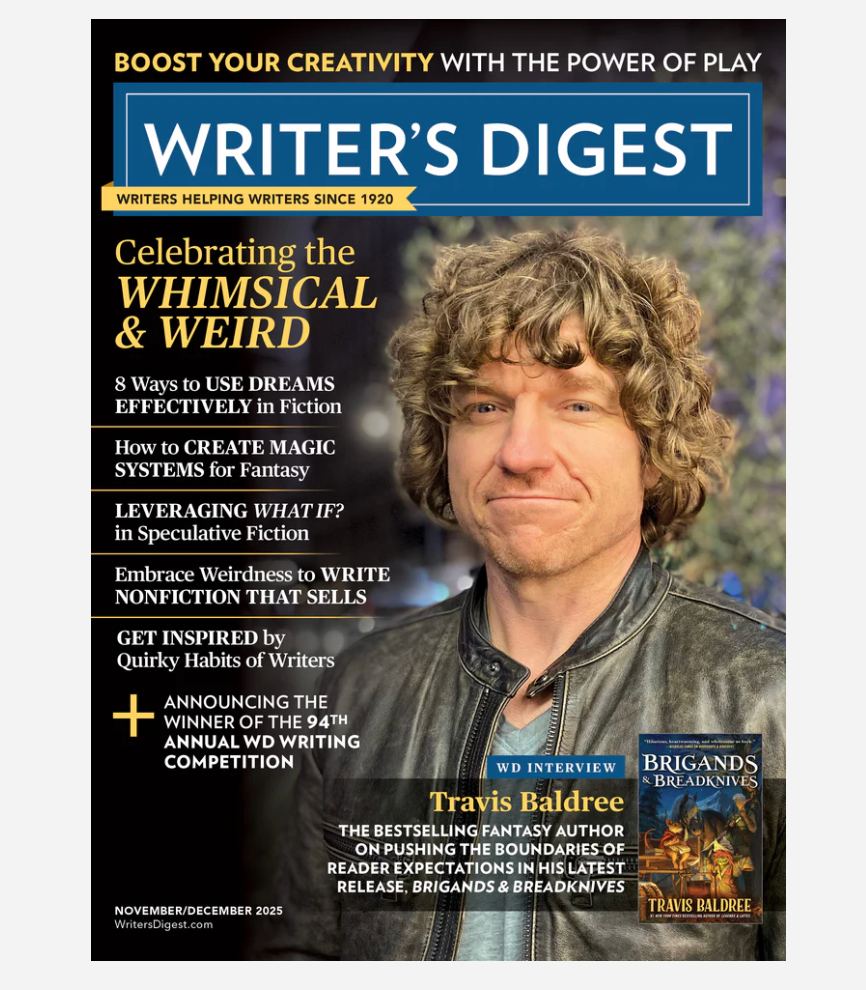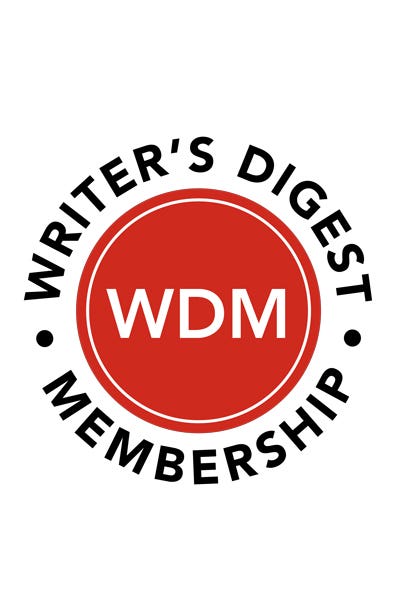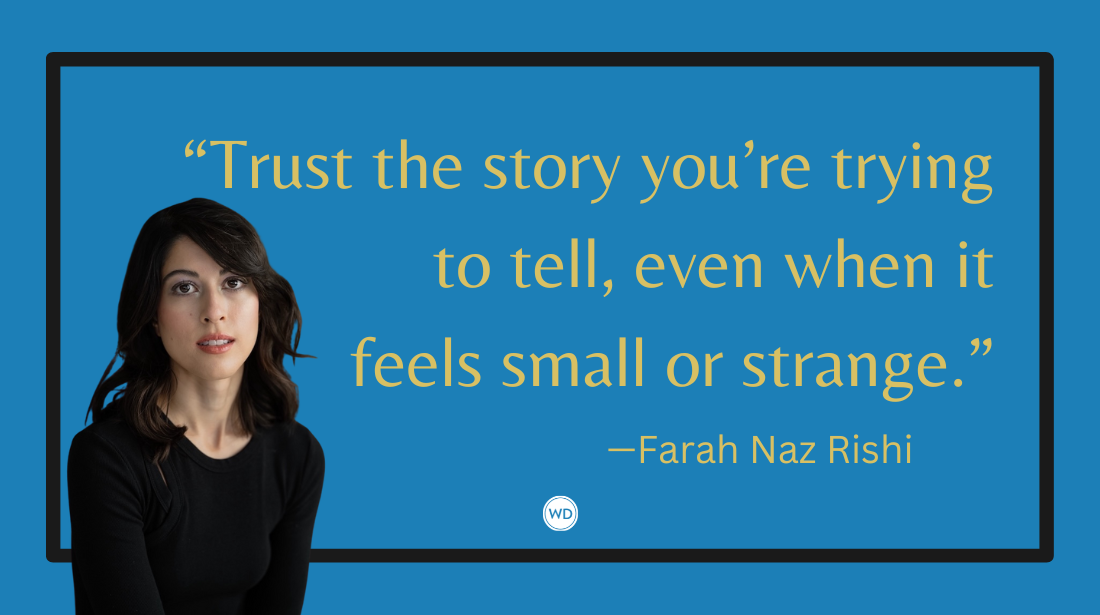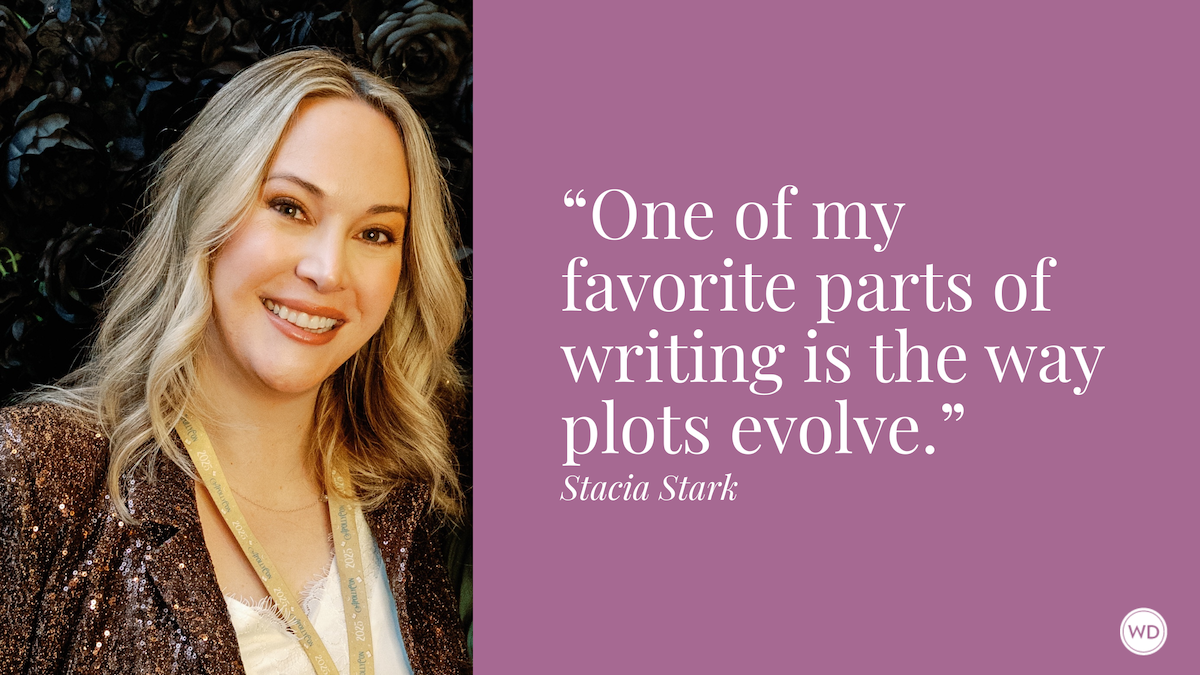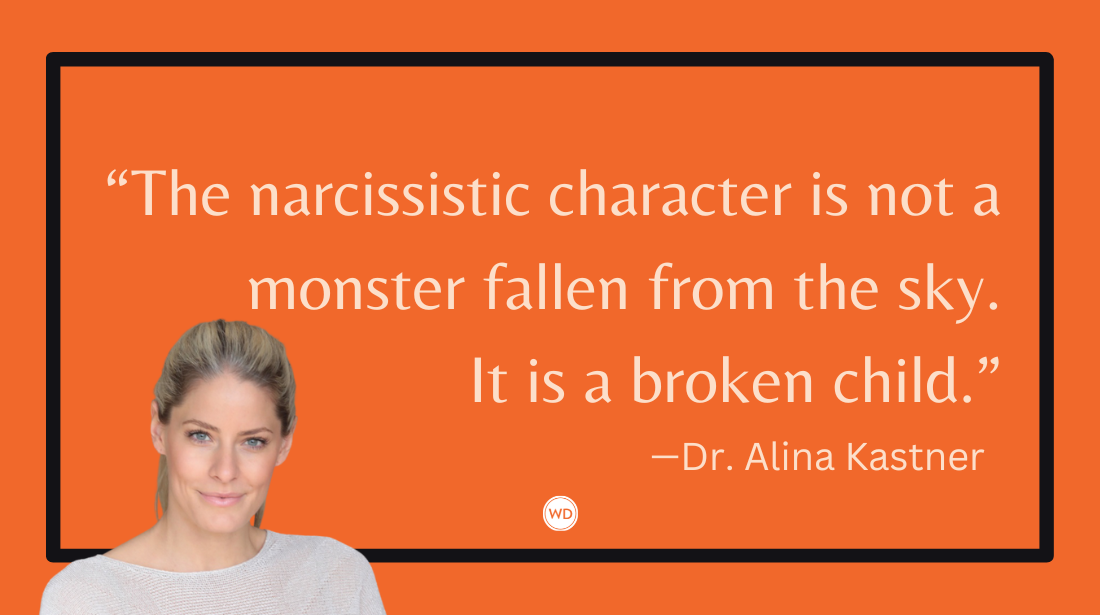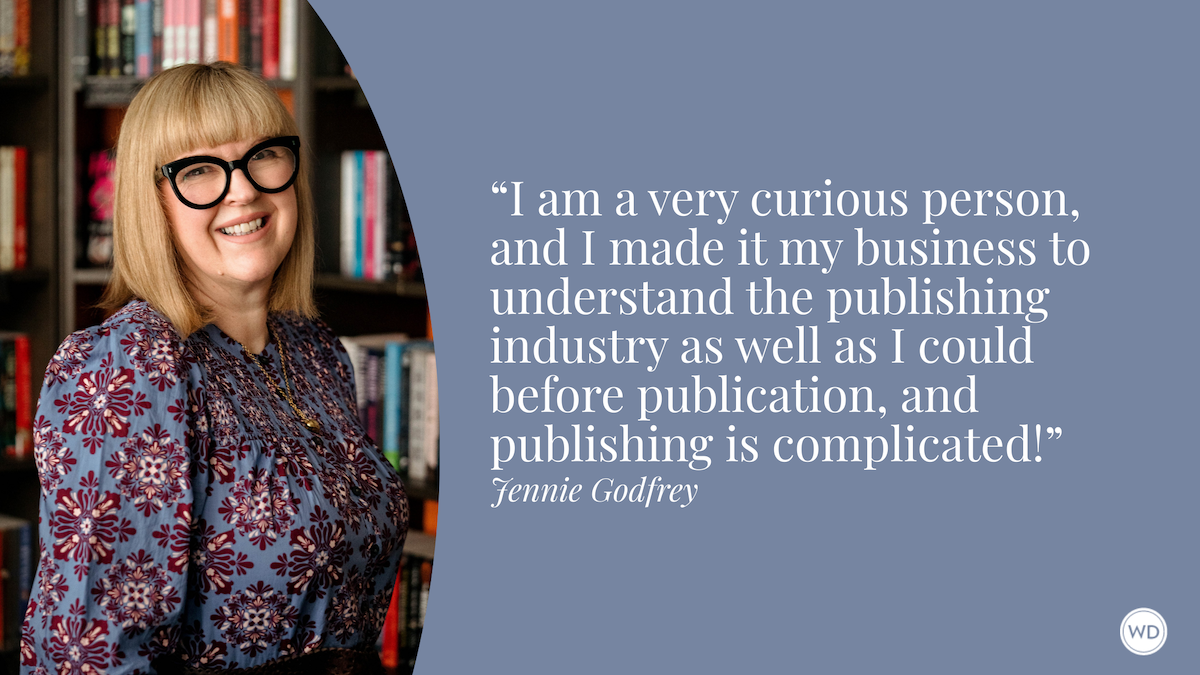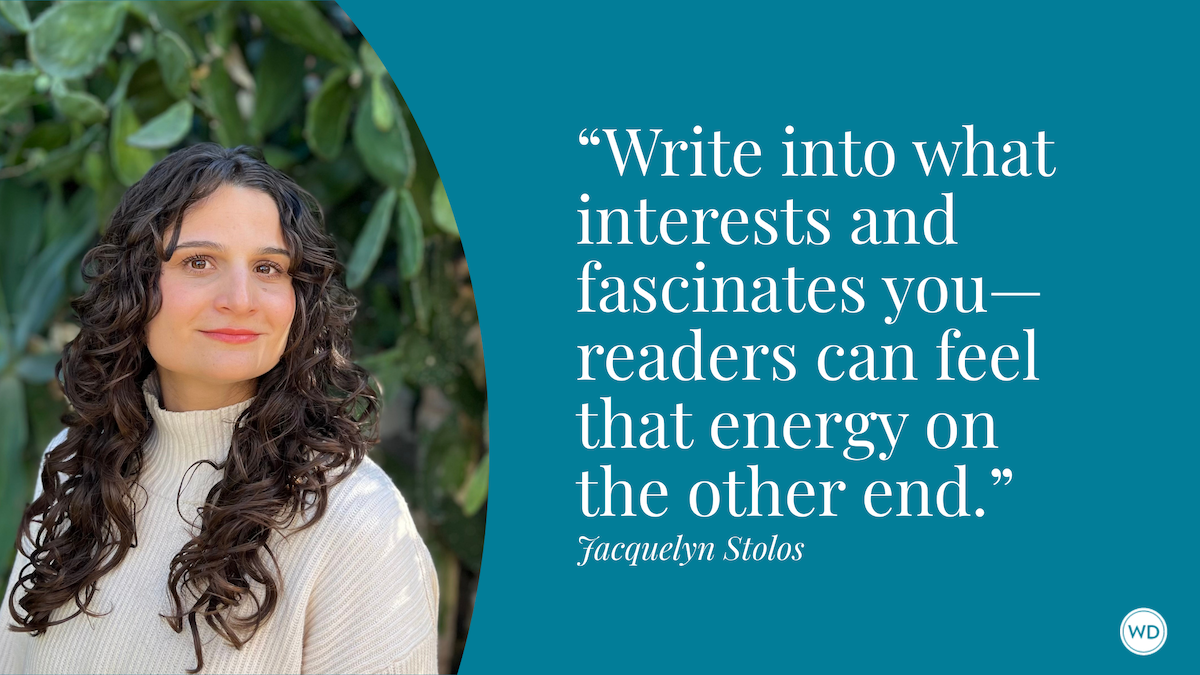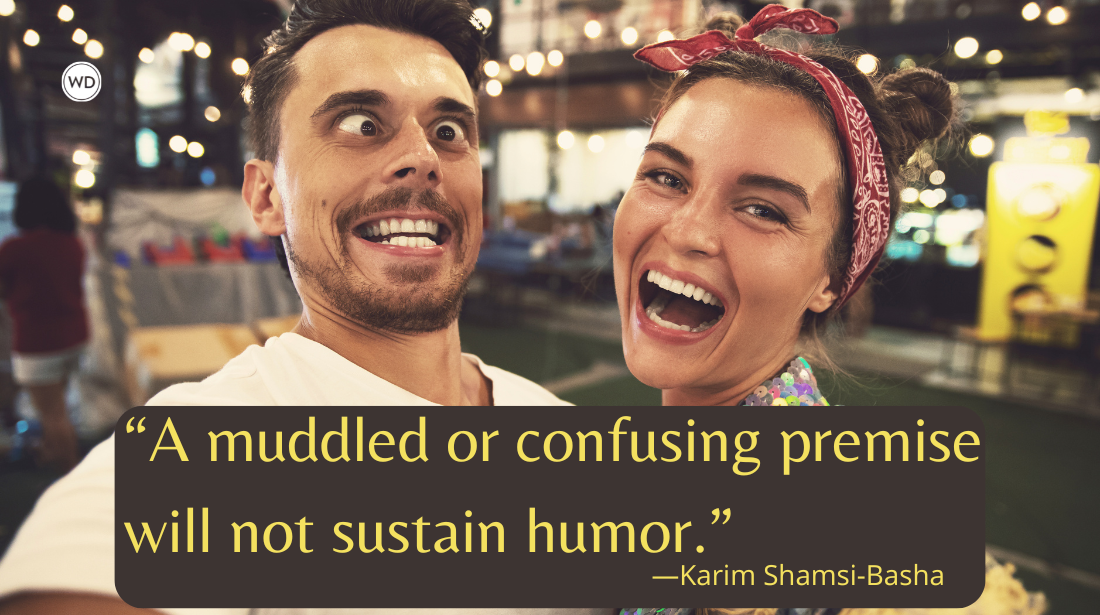Once Upon a Twist: Writing Fresh Takes on Familiar Tales
Author Patrick Horne discusses writing fresh takes on familiar tales, specifically writing fractured fairy tales.
Fairy tales have been a part of the literary world for thousands of years. We’ve all heard of Goldilocks and the Three Bears, The Three Billy Goats Gruff, and Little Red Riding Hood. Depending on which version you heard as a child, both the protagonist and antagonist had a laugh and learned a valuable lesson or everyone died…. horribly. Personally, I got the G-rated versions, so I can’t imagine the sleepless nights that kids in the 1600s or 1800s endured after hearing that Little Red Riding Hood and her grandmother were both eaten by the big bad wolf. Of course, there were much worse things for kids to fear than a bedtime story back then, like the plague or dysentery.
Nevertheless, fairy tales have endured and evolved to become more palatable and modernized to suit the next generation of eager ears. In fact, some classics have evolved so much that they have been categorized into their own genre, which takes the stories that we know and turns them into something completely different from start to finish. This genre is called “the fractured fairy tale.”
What Is a Fractured Fairy Tale?
A fractured fairy tale in its simplest form is a story that takes a classic fairy tale and twists it in a way to make it new and fresh. Maybe the change is the setting, like Interstellar Cinderella by Deborah Underwood, which sees Cinderella dreaming of repairing rockets instead of attending balls. Maybe the change is the characters, like The Three Little Pugs by Nina Victor Crittenden, which sees the traditional porky protagonists replaced by a different type of snub-nosed friend.
Or maybe the change is the perspective, like in my debut, Bear and the Three Goldilocks that sees a curious baby bear wandering into the campsite of the Goldilocks family and basically turning the place upside down. Whatever the twist is, it creates an entirely new story that invites readers young and old to see their favorite bedtime tale in a different light.
Fractured fairy tales are not exactly new. They’ve been around for over a century, having really hit a boom in the last 40 years. In the 80s we were treated to The True Story of the Three Little Pigs by Jon Scieszka. The 90s introduced us to Sleeping Ugly by Jane Yolen. In 2000s we had An Undone Fairy Tale by Ian Lendler and the 2010s gave us Honestly, Red Riding Hood was Rotten!, by Trisha Speed Shaskan. Who knows what the 2020s will bring (Bear and the Three Goldilocks maybe?—hint hint—nod nod—wink wink).
Creating Your Own Fractured Fairy Tale
There is a wealth of marketability in the genre as they are familiar and we all know that familiarity is relatively easier to sell. Like blockbuster sequels (looking at you Jurassic Park), fairy tales with a twist are built on something we already know and love—but reimagined in new and thrilling ways. So, let’s look at how you, a writer with wisdom and cunning and creativity, can create your possibly marketable fractured fairy tale. It’s simple: Think of a classic—any classic and ask the question—What if?
- What if The Three Billy Goats Gruff was set in a school where the poor troll was just trying to get to his Gobbling 101 class, but was confronted and bullied by three the brutish Gruff brothers?
- What if, instead of the Three Little Pigs, you have the Three Little Sparrows? They all three build their nests out of different materials, but are terrorized by an evil, cunning squirrel.
- What if The Little Mermaid wants to become a human, not to throw herself at the first man she’s ever seen, but to go into the world, have a career, become a CEO or maybe even president. She’d definitely get the Mermaid/Man vote.
The point is that literally in the last three or four minutes that I’ve sat here, I’ve come up with three different takes on a fairy tale just by looking at the classic and changing some element. Even if it doesn’t lead to getting published, it’s still a fantastic exercise to get the creative juices going or just to practice those writing skills.
Whatever the case may be, it would be super exciting to see a major boom in this clever genre over the next few years. If this article inspires you to be the next in a long line of fractured fairy tale-ists then my time and effort has been well spent. Happy fracturing fellow writers! I’m always cheering for you.
Check out Patrick Horne's Bear and the Three Goldilocks here:
(WD uses affiliate links)


